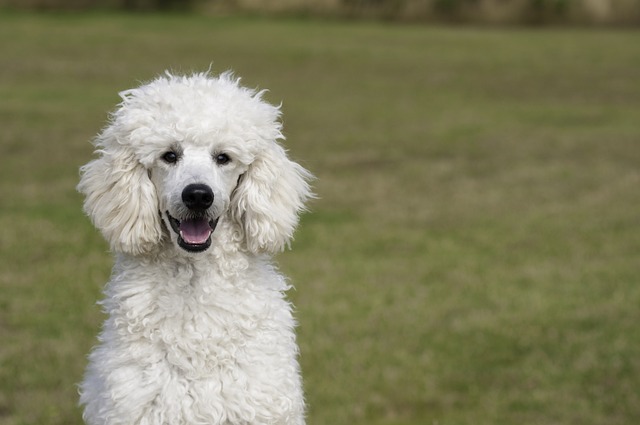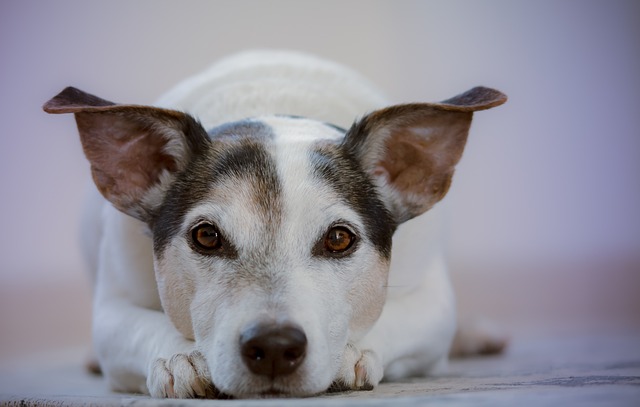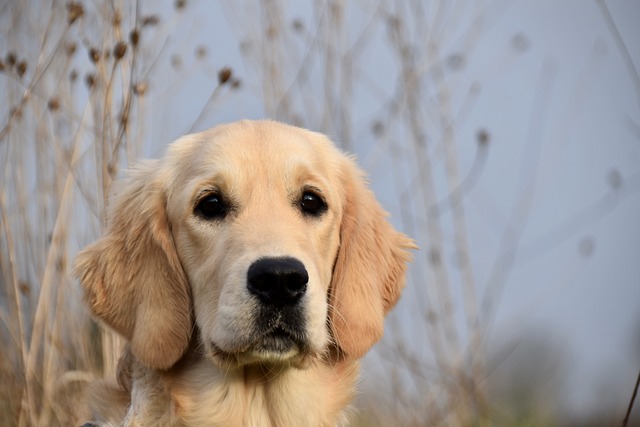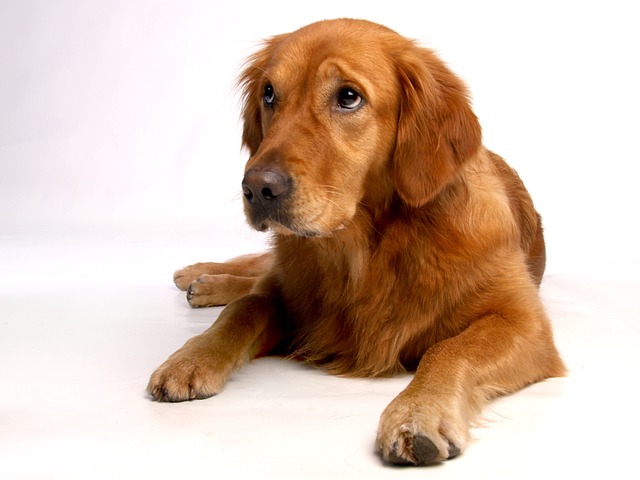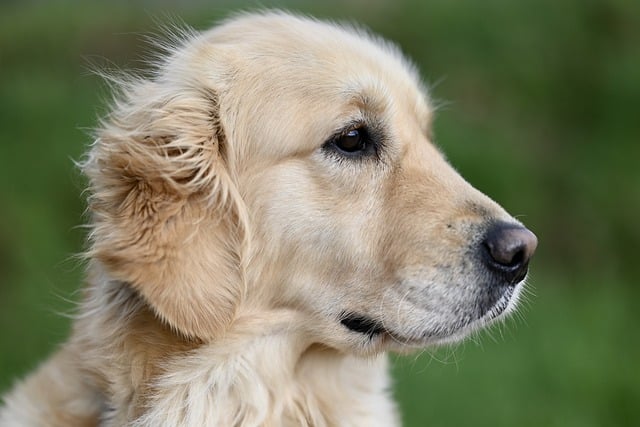It’s a confusing and somewhat heartbreaking scenario: your dog is your shadow, full of wiggles and affection for you, but the moment a friend comes over or a stranger approaches on a walk, they transform into a trembling, hiding creature. Why is your dog scared of everyone but you? This behavior is a classic sign of a condition often called stranger-directed fear or a limited socialization window. You have become their "safe person." This bond is powerful, but it means they haven't learned to generalize positive experiences with other people. Their fear isn't about disobedience; it's a deep-seated anxiety rooted in a lack of positive exposure to a variety of people during their critical developmental period as a puppy, or potentially, a past negative experience they only associate with others.
The science behind this is about associative learning. Your dog’s brain has learned that you predict safety and good things (food, walks, comfort), while other people predict… nothing good, or even something scary. Your job is to slowly and carefully rewrite that association. This is done through a process called desensitization and counterconditioning. Start by identifying your dog’s "threshold"—the distance at which they notice a stranger but don't react with full-blown fear. At that distance, have a calm, willing friend simply exist, completely ignoring your dog. Every time your dog looks at the person, feed them a stream of incredibly high-value treats like tiny pieces of chicken or cheese. The person’s presence becomes a predictor of chicken, not fear. This must be done with immense patience, allowing your dog to set the pace.
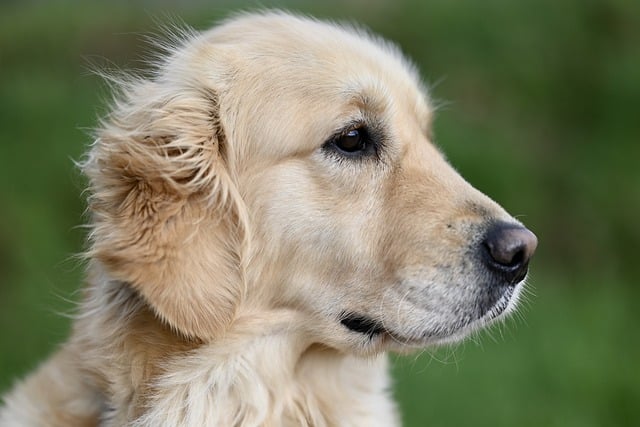
This compassionate, science-based approach is the gold standard and aligns perfectly with modern animal welfare culture in the U.S. and Europe, which strongly emphasizes force-free, positive reinforcement methods. Punishing a fearful dog, by yelling or pulling on the leash, is not only culturally unacceptable and potentially illegal under animal cruelty statutes, but it will also confirm their worst fear: that other people lead to bad things happening. Your role as a responsible owner also extends to the community. Before embarking on this training, ensure your dog is up-to-date on all vaccinations, especially the legally mandated rabies vaccine. This protects everyone and is non-negotiable.
When you practice in public, your dog must be securely leashed, and you must be hyper-vigilant about cleaning up after them. Carrying poop bags and scooping immediately is more than a courtesy; it’s the law in most municipalities and a fundamental sign of respect for your neighbors. For those in apartments, this is doubly important. A fearful dog may have accidents in hallways or vocalize out of anxiety. Mitigating this through proactive training and immediate cleanup is key to being a considerate neighbor. Your goal is to help your dog understand that the world beyond you is not a threat, building their confidence one tiny, tasty treat at a time.
